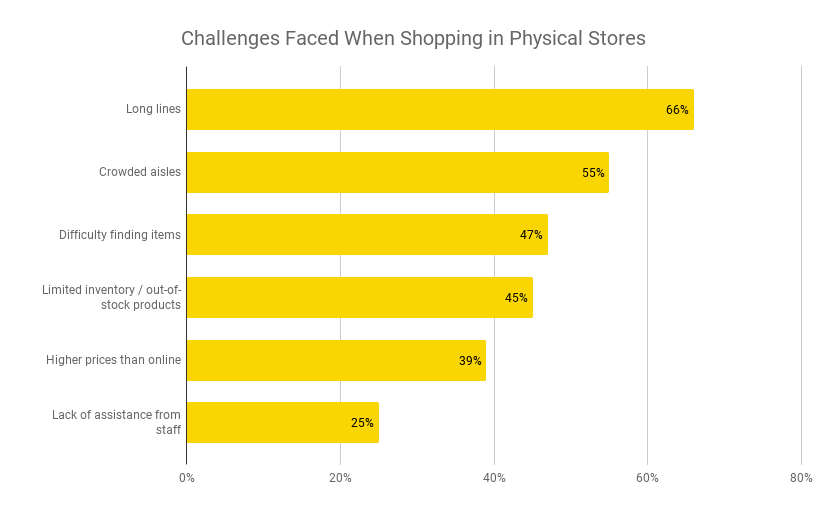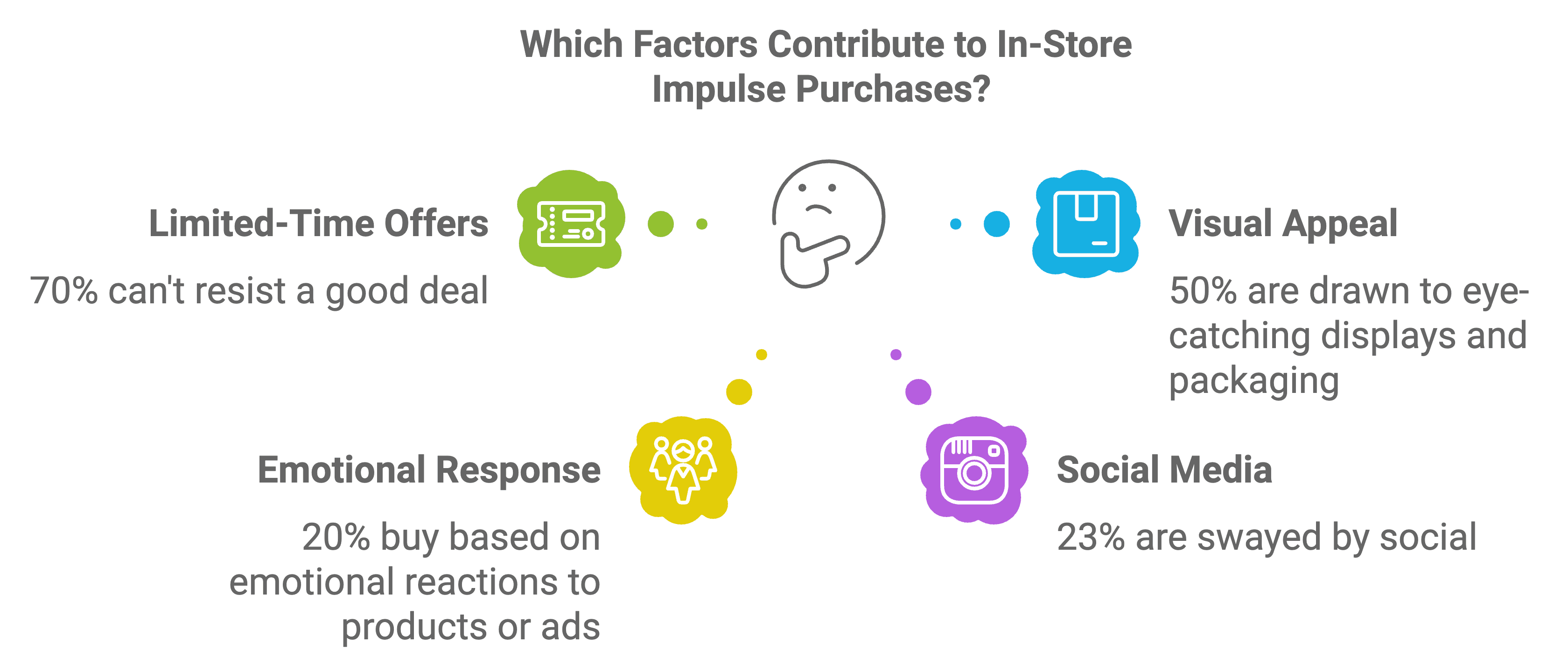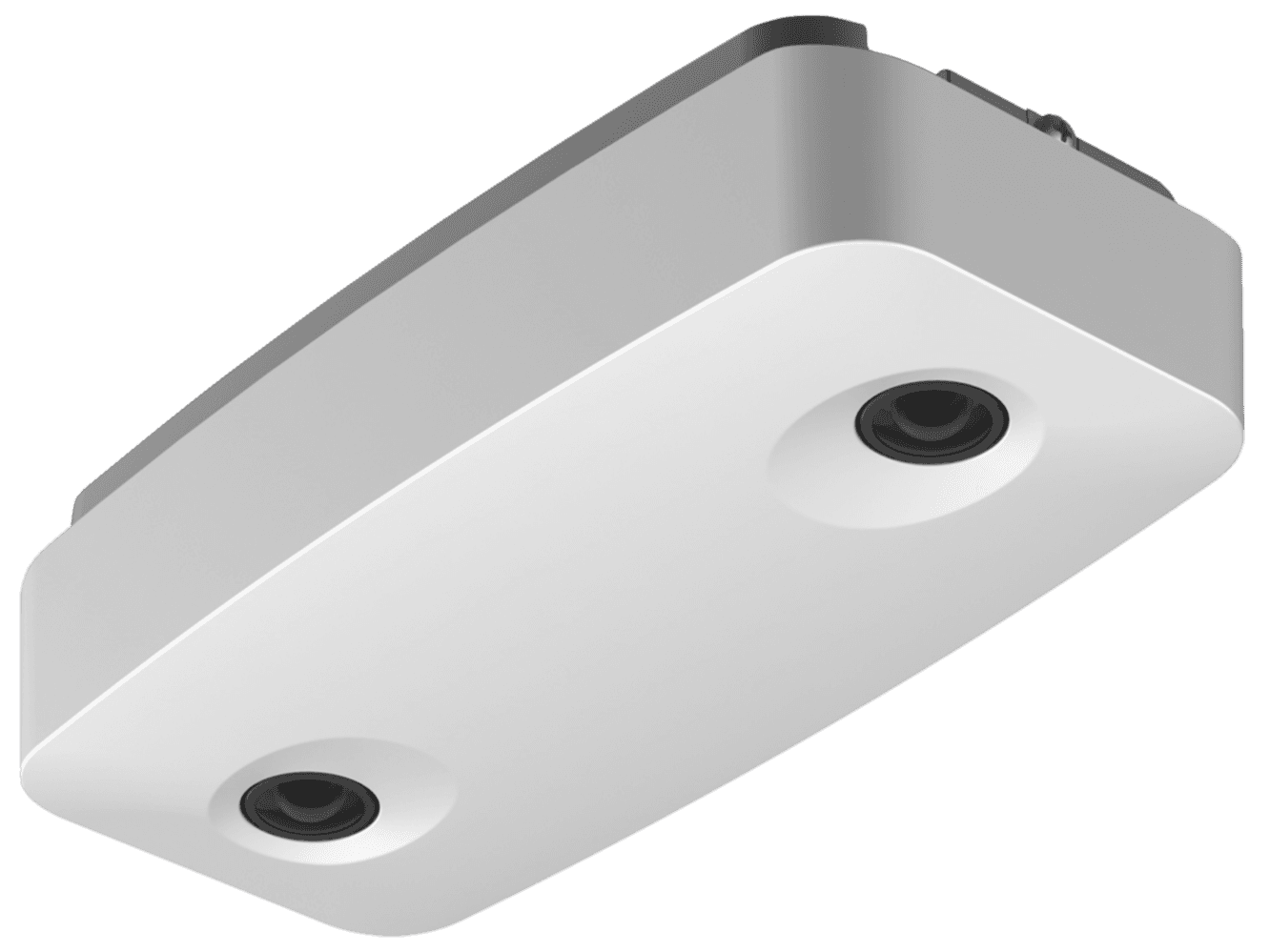Why Gen Z Is Not Sleeping On Shopping At Malls

On this page
💡 A new study shows that 69% of Gen Z shop at physical stores on a weekly basis.
While it’s easy to think of Gen Z as a purely digital generation, their shopping habits tell a different story. RetailNext’s recent Retail Vibe Check Report reveals that the majority of Gen Z still embraces in-store shopping. In fact, a whopping 69% of 18-24-year-olds report shopping in brick-and-mortar stores on a weekly basis, busting the myth that younger generations are abandoning physical retail spaces in favor of online shopping. However, their in-store experiences aren't without challenges, and retailers would be wise to pay attention.
READ MORE: Why A Brand Story Is So Critical For Retailers
Gen Z: In-Store Shoppers With High Expectations
Gen Z shoppers approach in-store shopping with very specific goals and heightened expectations. A significant 35% report often leaving without making a purchase. Why? Because they're on a mission, looking for specific products at a price point that meets their expectations. One of their biggest frustrations? Stock shortages—50% of Gen Z shoppers say they’ve left stores empty-handed due to items being out of stock. When stores don’t deliver on inventory or pricing, they have no hesitation about going elsewhere to find what they need.
But inventory isn’t the only issue Gen Z faces. Long lines rank as their top frustration, with 66% citing them as a major pain point. Crowded aisles (55%) and difficulty finding products (47%) are also significant challenges. These numbers show that, while Gen Z is in stores, they expect the experience to be seamless and efficient—just like their digital experiences.

Why In-Store Shopping Still Matters To Gen Z
Despite these frustrations, physical retail clearly plays a vital role for Gen Z shoppers. So, what draws them in? Beyond convenience, it’s clear that social factors influence their behavior. Nearly a quarter (24%) of Gen Z reports making purchases due to social pressure, a figure far higher than other generations. Additionally, 23% of them are driven by viral trends on social media, showing the strong connection between digital and physical worlds for this group. This hybrid approach to shopping offers retailers an opportunity to engage Gen Z across multiple platforms, bridging the gap between in-store and online experiences.
EXPLORE THE eBOOK: Retail 2:0: The AI Advantage
The Role Of Impulse Buying And Visual Appeal
Impulse purchases are another area where Gen Z stands out. Limited-time offers drive 70% of Gen Z to make spontaneous buys, and eye-catching displays and packaging influence 50% of them. For retailers, this means that the right combination of deals and engaging store layouts can unlock significant spending from this generation.

Integrating Digital Into The In-Store Experience
Retailers have the chance to capture Gen Z’s attention by integrating technology more effectively into their physical locations. According to our survey, 63% of Gen Z visits a store’s website before heading to the physical location, and 40% are still browsing the site while shopping in-store. These numbers reveal a clear opportunity for retailers to optimize their online and in-store experiences together. By providing real-time inventory, transparent pricing, and the option to buy online and pick up in-store (BOPIS), retailers can reduce the frustrations Gen Z often faces.

In addition, self-checkout and cashier-less solutions resonate strongly with this demographic. Forty-two percent of Gen Z expressed interest in using these technologies, which would reduce one of their biggest complaints: long lines. Similarly, AI-driven chatbots and personalized support solutions offer the potential to improve in-store assistance, addressing another of Gen Z's frustrations—difficulty finding items.
What Retailers Should Do Next
As retail executives look to better serve the needs of this influential generation, the key is adapting to their expectations for convenience, speed, and flexibility. Retailers that invest in real-time data, personalized experiences, and seamless online-to-offline integration are better positioned to capture Gen Z's loyalty.
The future of brick-and-mortar retail isn’t about choosing between physical and digital—it’s about creating a hybrid environment that meets the high expectations of Gen Z. Those who succeed will see more than just traffic to their stores; they’ll create lasting relationships with one of the most powerful consumer groups today.
About the author:

Judith Subban , Senior Global Manager, Revenue Marketing , RetailNext



